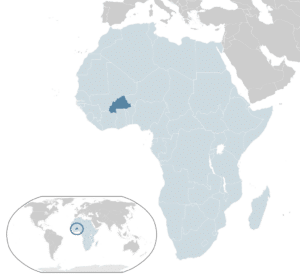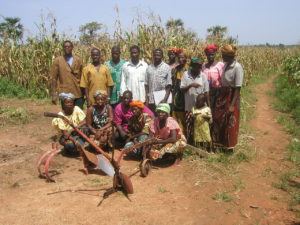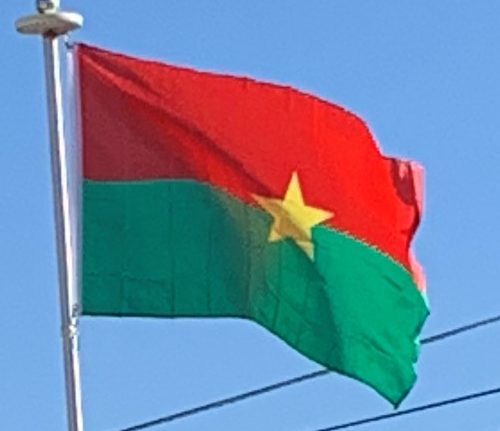Introduction:
Burkina Faso is a landlocked country in West Africa. It covers an area of around 105,900 square miles and is surrounded by six countries: Mali to the north; Niger to the east; Benin to the southeast; Togo and Ghana to the south; and Ivory Coast to the southwest. The July 2018 population estimate by the United Nations was 19,751,651. Burkina Faso is a francophone country, with French as the official language of government and business. Formerly called the Republic of Upper Volta (1958–1984), the country was renamed “Burkina Faso” on 4 August 1984 by then-President Thomas Sankara. Its citizens are known as Burkinabé. Its capital is Ouagadougou.

Burkina Faso experienced terrorist attacks in its capital in 2016, 2017 and 2018, and continues to mobilize resources to counter terrorist threats. In 2018, several governments were warning their citizens not to travel into the northern part of the country and into several provinces in the East Region. Burkina Faso’s high population growth, recurring drought, pervasive and perennial food insecurity, and limited natural resources result in poor economic prospects for the majority of its citizens. The report is optimistic in some aspects, particularly concerning activities being done with assistance by the International Monetary Fund. A new three-year IMF program (2018–2020), approved in 2018, will allow the government to reduce the budget deficit and preserve critical spending on social services and priority public investments.
Etymology:
Formerly called the Republic of Upper Volta, the country was renamed “Burkina Faso” on 4 August 1984 by then-President Thomas Sankara. The words “Burkina” and “Faso” both stem from different languages spoken in the country: “Burkina” comes from Mossi and means “upright”, showing how the people are proud of their integrity, while “Faso” comes from the Dyula language and means “fatherland” (lit. “father’s house”). The “bè” suffix added onto “Burkina” to form the demonym “Burkinabè” comes from the Fula language and means “men or women”. The CIA summarizes the etymology as “Land of the Honest (Incorruptible) Men”.

The French colony of Upper Volta was named for its location on the upper courses of the Volta River (the Black, Red and White Volta).
History:
Prehistory:
The northwestern part of present-day Burkina Faso was populated by hunter-gatherers from 14000 BC to 5000 BC. Their tools, including scrapers, chisels and arrowheads, were discovered in 1973 through archaeological excavations. Agricultural settlements were established between 3600 and 2600 BC. The Bura culture was an Iron-Age civilization centered in the southwest portion of modern-day Niger and in the southeast part of contemporary Burkina Faso. Iron industry, in smelting and forging for tools and weapons, had developed in Sub-Saharan Africa by 1200 BC. From the 3rd to the 13th centuries AD, the Iron Age Bura culture existed in the territory of present-day southeastern Burkina Faso and southwestern Niger. Various ethnic groups of present-day Burkina Faso, such as the Mossi, Fula and Dyula, arrived in successive waves between the 8th and 15th centuries. From the 11th century, the Mossi people established several separate kingdoms.
Early History:
Historians debate about the exact dates when Burkina Faso’s many ethnic groups arrived to the area. The Proto-Mossi arrived in the far Eastern part of what is today Burkina Faso sometime between the 8th and 11th centuries, the Samo arrived around the 15th century, the Dogon lived in Burkina Faso’s north and northwest regions until sometime in the 15th or 16th centuries, and many of the other ethnic groups that make up the country’s population arrived in the region during this time.
